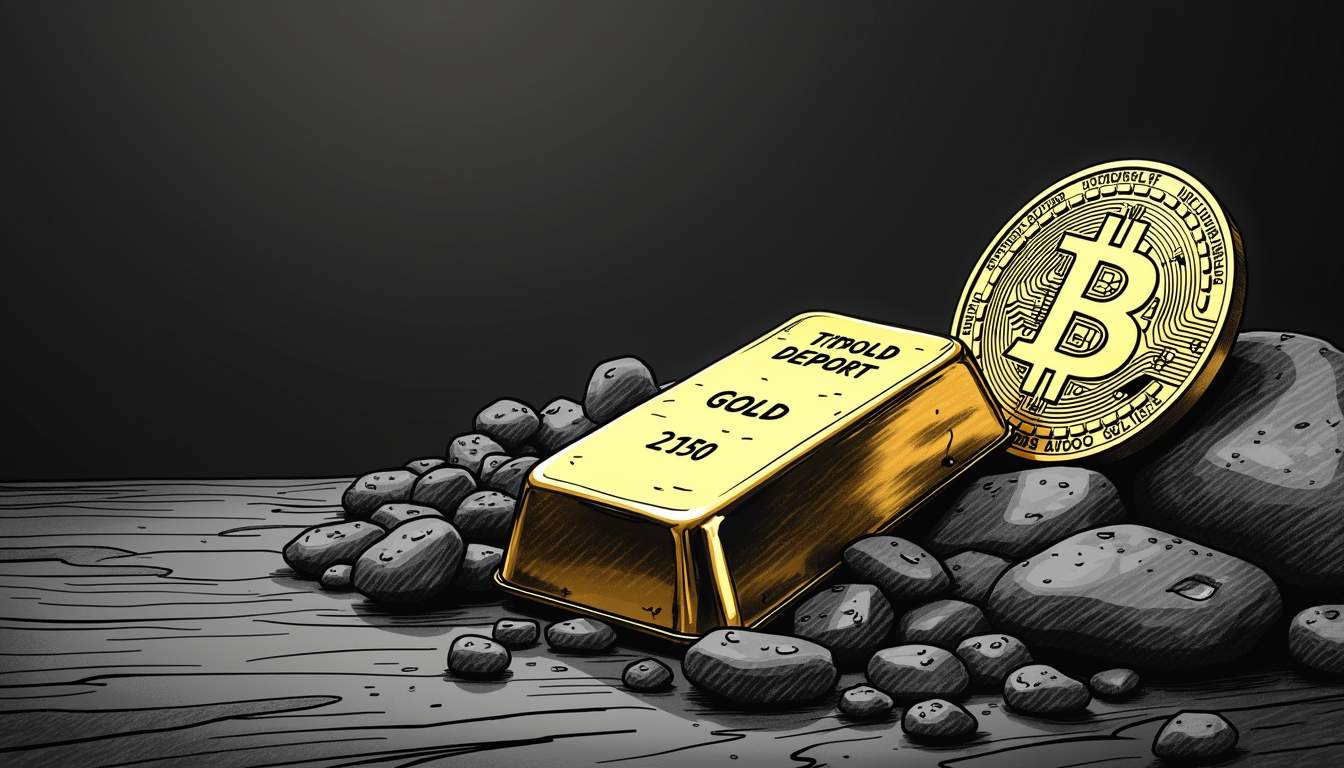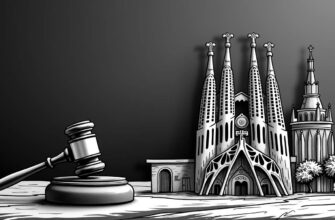With the world being what it is, it’s no surprise that investors are on the lookout for stable assets to protect their wealth in these uncertain times. The rising debt levels in major countries have got people thinking. Ray Dalio, founder of Bridgewater Associates, has been vocal about his preference for tangible assets like Bitcoin and gold over traditional debt assets. Let’s unpack Dalio’s perspective and the potential these assets have in a world filled with financial chaos.
Crypto: The Hedge We Didn’t Know We Needed
Right now, the economic landscape is a minefield. Between soaring debt levels and fiat currencies losing their luster, finding stable investment options is crucial. Cryptocurrencies, especially Bitcoin, are popping up as potential hedges against this uncertainty. Unlike traditional debt assets, which can be at the mercy of inflation and economic policy changes, Bitcoin and gold seem to offer a bit more security.
Dalio’s Shift from Doubt to Support
Dalio’s remarks during the Abu Dhabi Finance Week conference hit home for many. He pointed out that major countries, like the U.S. and China, are teetering on the edge of a debt crisis. In his words, “It is impossible for these countries to avoid a debt crisis in the coming years, which will lead to a significant decline in the value of fiat currency.” His comments may have sounded alarm bells for those still clinging to debt assets, nudging them to look for more stable options like Bitcoin and gold.
It’s interesting to see how Dalio’s views on Bitcoin have evolved. He was once skeptical, but now he’s a proponent. Back in 2022, he suggested that putting 2% of a portfolio in Bitcoin and gold could act as a buffer against inflation. Now, it seems that percentage should be higher. It’s almost like he’s saying, “Get with the times, folks.”
Debt Assets vs. Bitcoin and Gold
Traditionally, debt assets like government bonds and corporate debt were seen as the safest bets. But they can take a hit when the economic winds shift. Bitcoin and gold, however, come with their own set of advantages that make them more appealing.
Bitcoin’s Cap on Supply
What makes Bitcoin stand out is its limited supply. Unlike fiat currencies, which can be printed at will, Bitcoin’s capped at 21 million BTC. This scarcity positions it as a valuable asset in a world where currencies keep losing value. Dalio’s support for it largely hinges on this limited supply, adding a layer of confidence in its future value.
Gold’s Tried-and-True Stability
Then there’s gold. Historically, it’s been a reliable store of value for thousands of years and is less prone to the wild swings of Bitcoin. For those looking to keep their wealth safe during economic downturns, gold’s reliability is hard to beat.
The Value of Bitcoin’s Finite Supply
The finite supply of Bitcoin is baked into its protocol, capping the total at 21 million BTC. The loss of private keys also permanently reduces the effective supply. This scarcity could lead to significant price appreciation. Bitcoin’s value is driven by supply and demand, unlike traditional debt assets that can be buffeted by inflation and policy changes. As more investors see Bitcoin as a hedge against uncertainty, demand could rise, pushing its price higher.
Final Thoughts
Ray Dalio’s support for Bitcoin and gold as hedges against growing global debt and economic instability shows how critical these assets are in today’s world. Traditional debt assets, once the gold standard of safety, are increasingly seen as vulnerable to the whims of inflation and economic policy. In contrast, Bitcoin’s limited supply and gold’s long-standing stability make for compelling alternatives.
Investors might want to think about adding Bitcoin and gold to their portfolios. While Bitcoin’s volatility and speculative nature are undeniable, its potential for quick price jumps cannot be overlooked. As for gold, it remains the bedrock of stability that many risk-averse investors still trust.
When it comes down to it, the choice between Bitcoin and gold will depend on your risk tolerance and investment goals. Understanding what each asset brings to the table can help you make decisions that are in line with your financial strategies and protect your wealth in uncertain times.








